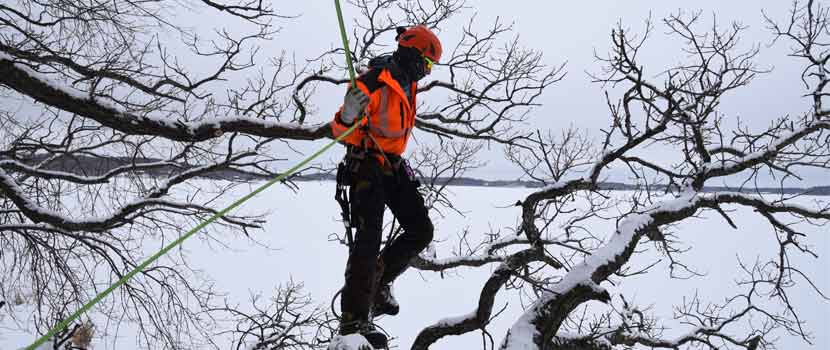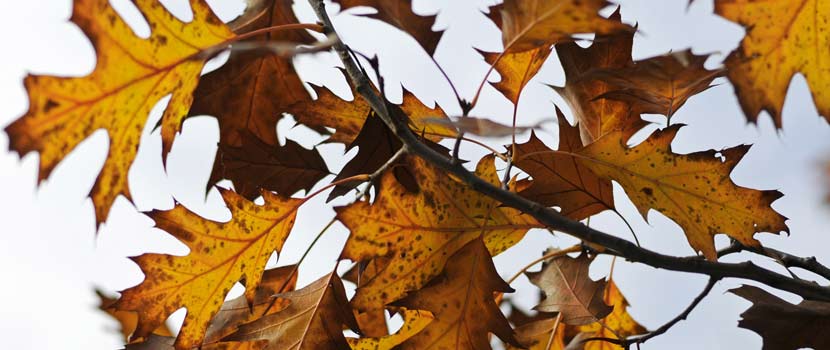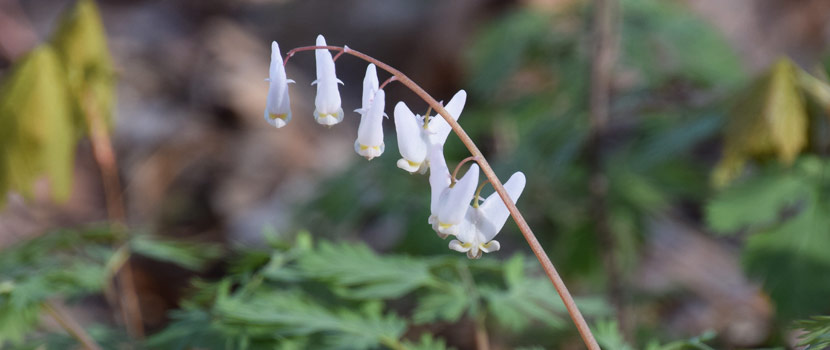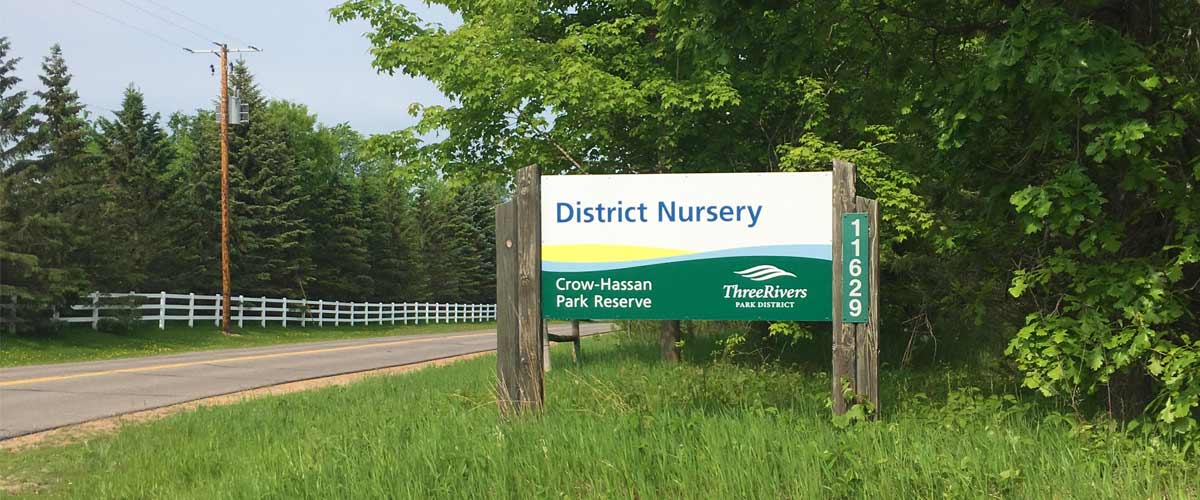
Growing Resilient Forests at the Three Rivers Nursery
By: Missy Anderson
April 22, 2021
Category: Resource Management
Have you ever attended a tree planting ceremony at Three Rivers or passed by a Forestry planting and wondered where the plants came from? If so, this post will provide an answer! Much of the native plants in Three Rivers, from individual trees to the larger reforestation projects, come from our Three Rivers Park District Nursery located in Crow-Hassan Park Reserve in Hanover, Minnesota.
Why Do We Have A Nursery?
Since the 1960s, our Forestry team has been hard at work reconstructing woods in many parts of our parks that were left fallow after years of agricultural use. At that time, native plants were simply not as available to purchase through commercial sources as they are today. Because of that, we needed a nursery to grow a wide selection of locally sourced native plants.
The nursery was designed to grow plants of various sizes, including seedlings, large bareroot plants (plants that are dormant, not potted and have had most of the dirt shaken off the roots) and trees. Most of the plants we grow are planted into areas in our parks that we have identified and prepared for reforestation according to a five-year plan. Since the 1980s, most plants that have been planted in Three Rivers parks have come from our nursery.
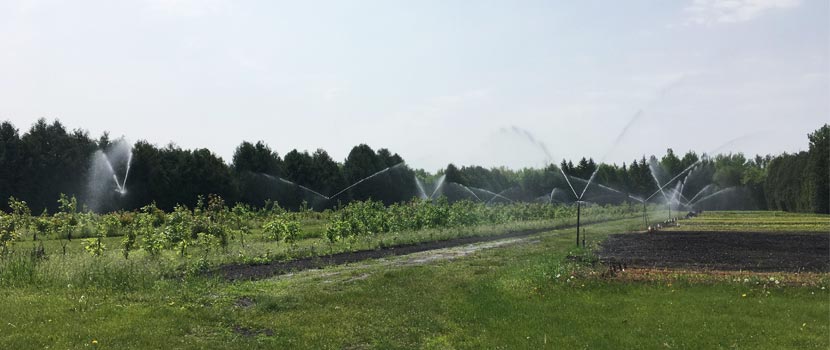
How We Grow Plants
Beginning each spring, we collect seeds from 75-100 different native plant species. After we clean and prepare the seeds, we start growing them in the greenhouse or plant them directly into our outdoor seedbeds at the nursery.
Generally, we harvest seedlings once they are between 1 and 3 feet tall, which takes one or two years of growth, depending on the species. We keep a small portion of these plants to restock nursery rows and liner beds. We plant the rest of the tree and shrub seedlings in seedling sites out in the parks.
At the nursery, we also grow larger plants, appropriately called “large bareroot” trees and shrubs. We plant these in prepared sites where we would like to see more rapid reforestation. After many more years, large bareroot stock mature into beautiful trees that will one day be part of a forest!
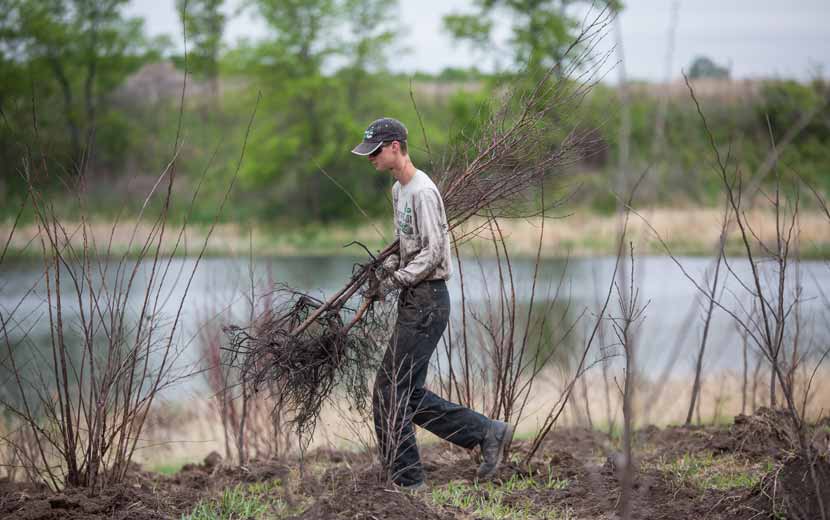
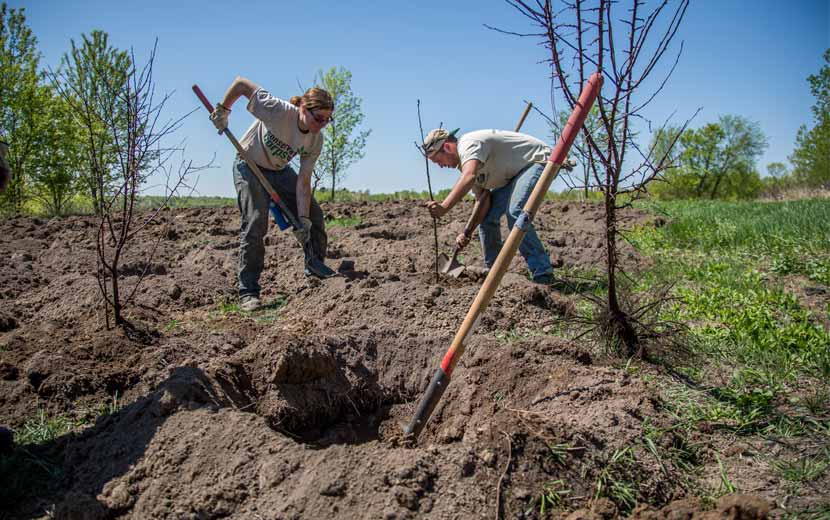
Check out this short video to see some of the steps involved in growing a northern red oak tree from acorn collection to a mature tree in a forest planting.
We plant a much smaller number of large trees into landscapes around the park district using a special piece of equipment called a tree spade. If you have been to a tree planting, you may have seen the tree spade in action!
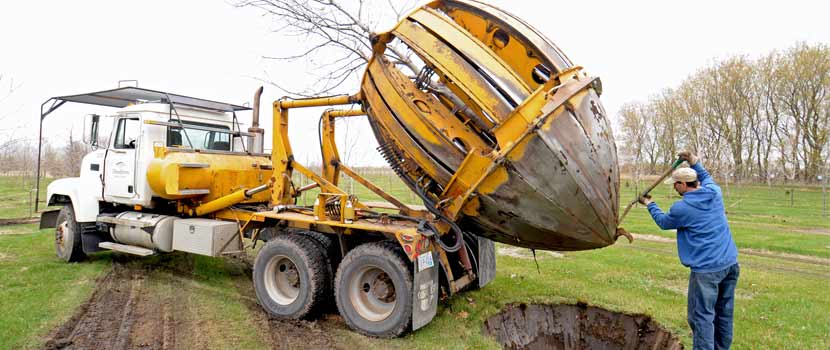
In addition to growing new plants, the Three Rivers Forestry team also manages existing forests in our parks. We have recently expanded our efforts to grow native plants that will enrich diversity in the forests we manage, especially the understory (forest floor) plants.
We are working to reintroduce plant species that are absent, replace native plants where invasive species have been removed, and add more native plants to younger forest areas. Read more about the challenges of managing the forest understory.
Creating Resilient Forests
Through the years, our Forestry department has emphasized diversity both within the plant species propagated at the nursery and in the variety of plants we plant in our parks.
Today the nursery is committed to growing many native plant species. We are also committed to growing plants from seed to encourage a high level of genetic diversity. We hope this will add to the long-term viability of our forest restoration efforts, generating resilience to external impacts such as climate change.
About the Author
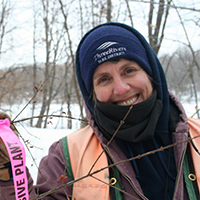
Missy Anderson is a propagation specialist at Three Rivers. Before her current role, she spent four years as the invasive species coordinator of for the park district. She has a degree in plant biology and although born and raised in Minnesota, she spent part of her career in the western United States before moving back to be closer to family. She feels lucky to work throughout the parks and with many staff and volunteers to reduce the impacts of invasive species. She enjoys all plant-related activities, especially those that involve conservation and restoration of native plants.
Related Blog Posts
Why and How We Prune Trees at Three Rivers
By: Dan Comerford
In the winter, our skilled Forestry staff is hard at work pruning trees in picnic areas, campgrounds and other public areas in the parks. Learn all about the art of pruning and why we do it at Three Rivers.
Species Spotlight: Northern Red Oak Trees
By: Paul Kortebein
Northern red oak trees are one of the most common trees in our area. Learn more than you ever knew you wanted to know about northern red oaks in this not-quite-comprehensive-but-pretty-close post.
What's Happening to Our Woodland Understories?
By: Paul Kortebein
Native woodland plants are disappearing from our forests. Learn what's causing this and how we're working to protect our forest understories.
